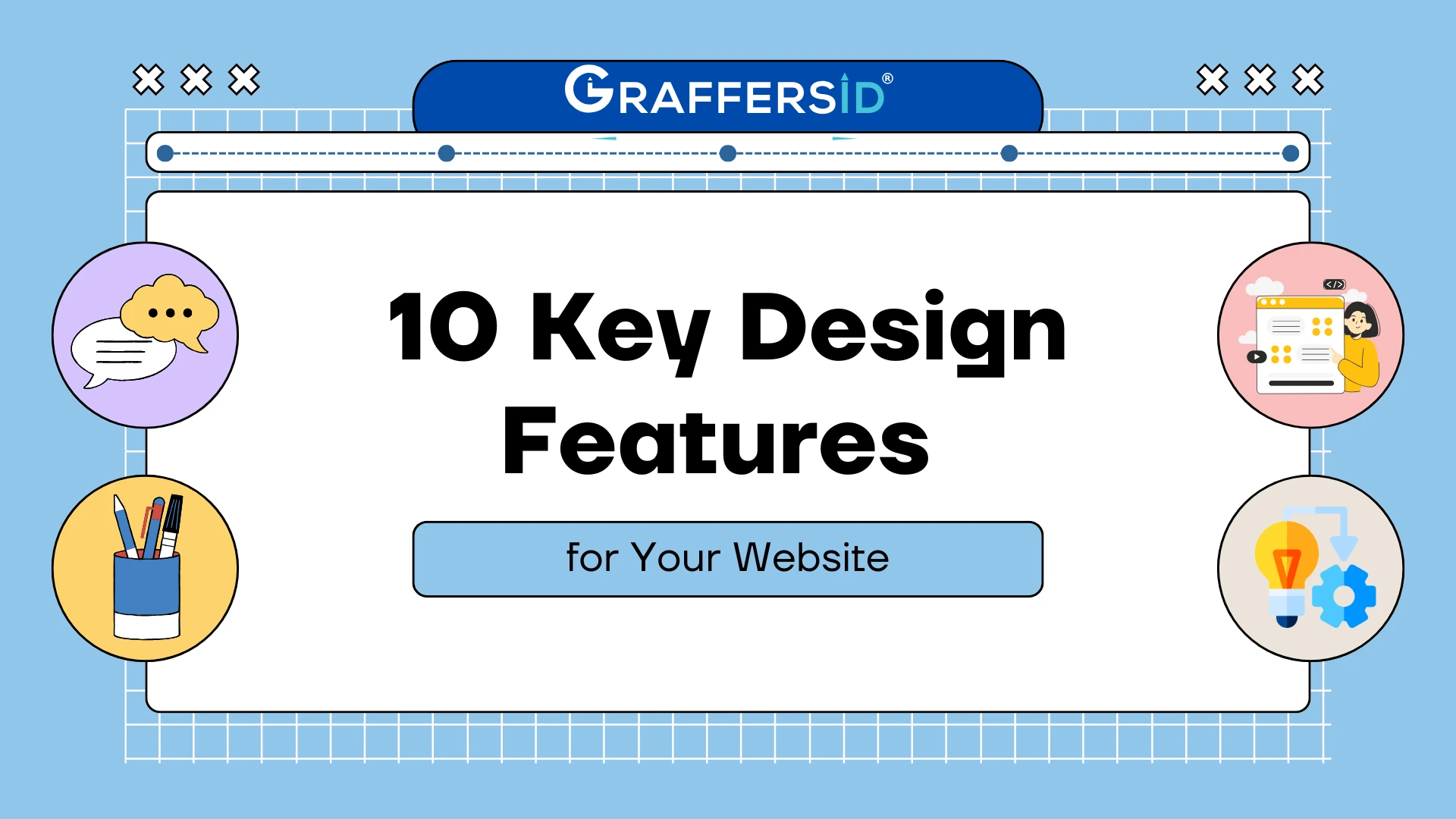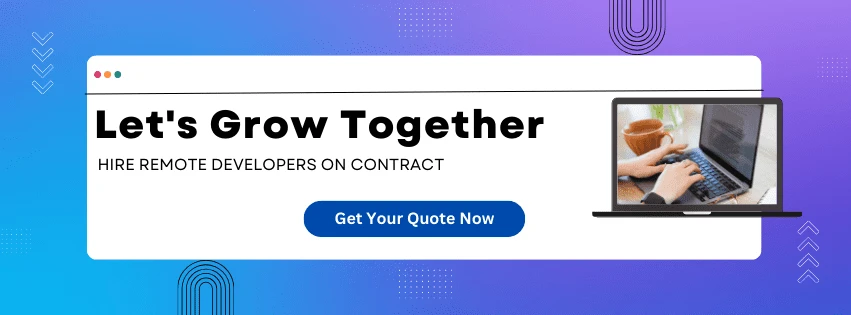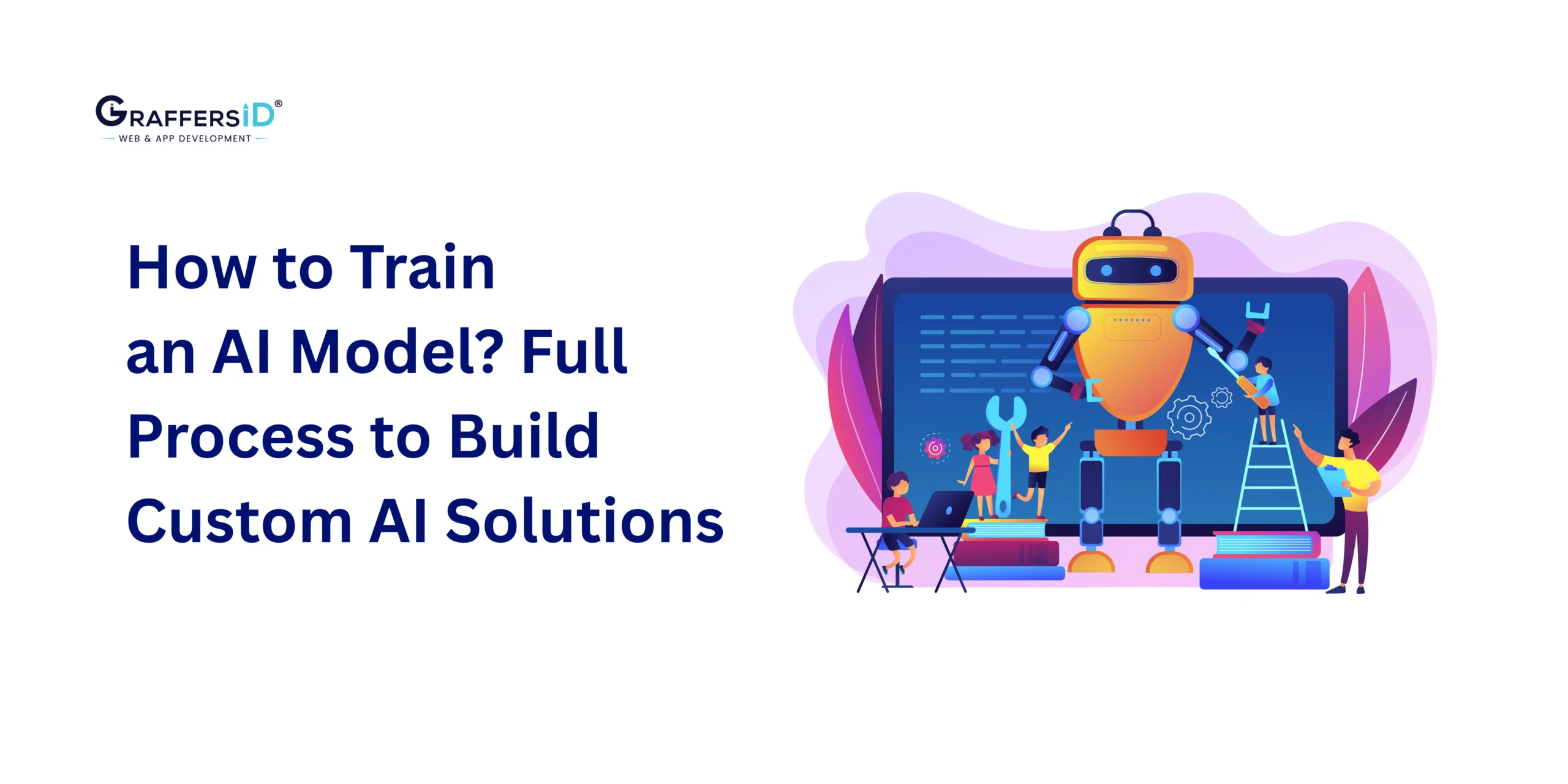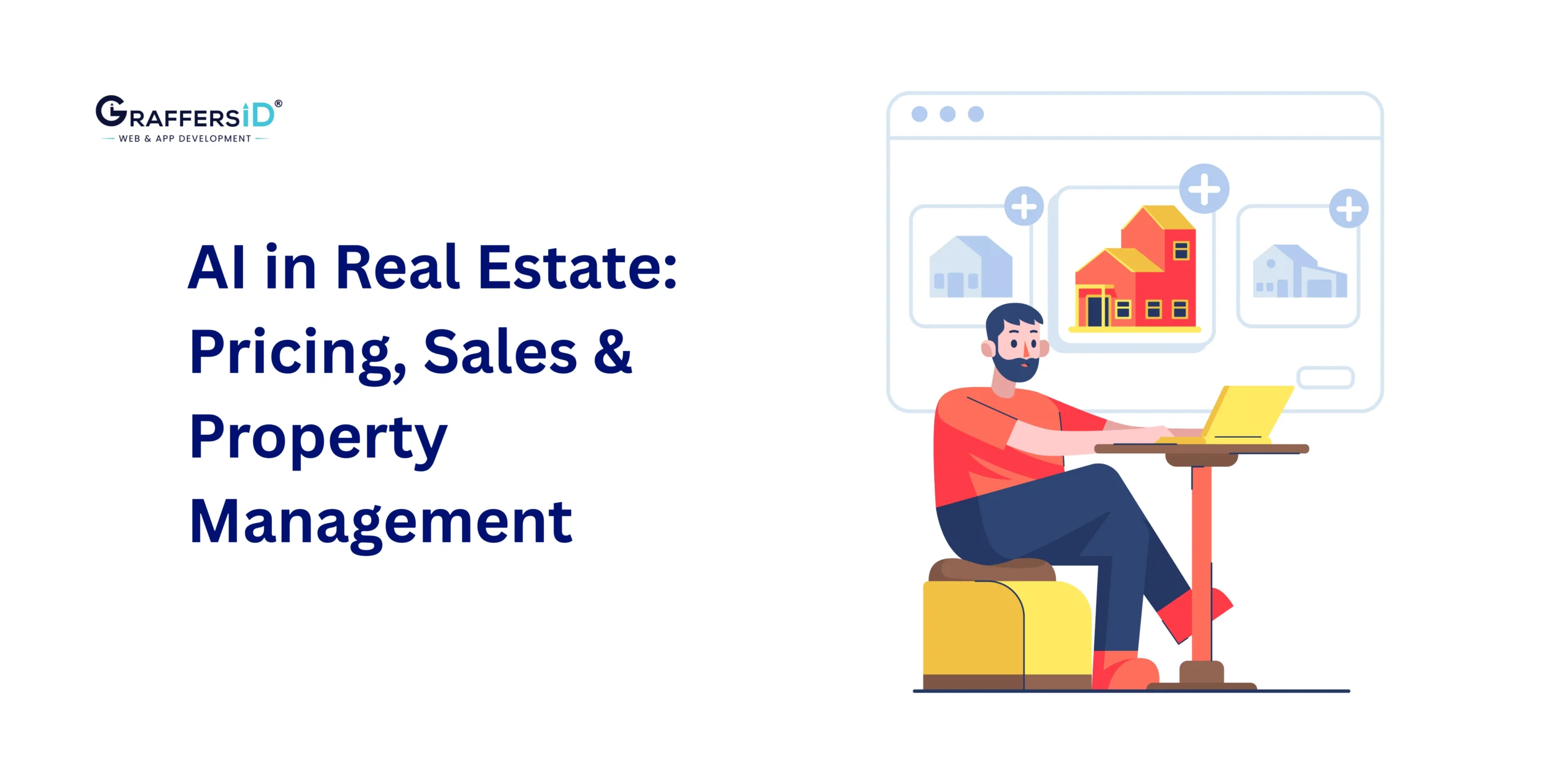The website is an absolute hallmark of any given business’s digital presence. It acts as a hub that offers your audiences everything they need to know, once you have successfully enticed them to it. To execute this move as perfectly as possible, though, and to truly get the most out of it, you need to make sure that you are going above and beyond. Identifying the perfect web design features that can help you bolster each as robustly as possible. Ultimately leading to delivering a result that keeps your users coming back.
Read Also: How to build your first website?
1. Strong Visual Flourish
The question of aesthetics looms large over any team trying to develop a website. It is undeniable that impressive visuals can make an impressive impact. This alone might be enough for you to consider this a top priority. However, a website that proves to be style over substance might not have anything to offer in the long term. Customers won’t necessarily stick around long enough to enlist your service. Furthermore, you go so far with the visuals that you ultimately end up pushing people away by overwhelming them in a sea of colors and animations.
It is a difficult line to ride. Having some sort of feedback for basic navigation, like the mouse hovering over and clicking on a link, can go a long way. In addition to this, you want the visuals to reflect and expand on your branding, making the website recognizably your own without having audiences feel as though they have already seen it all before through your marketing content. Focus testing will help you determine where the line between insufficient and too much sits.
2. Basic Functionality
The concept of functionality is, in essence, the entire goal that your web design team is striving towards. It has to work, but that is something that can be considered in a couple of ways. Does it work at all? And, if so, does it work to the standard and effect that you were hoping that it would?
Focusing on the former first is more important as it allows you to build on it more complexly. In addition, users might begin to flock to your website only to see that it is crumbling under the pressure of all that traffic. This might bode poorly for your business’s ability to take care of their needs. The platform needs to function, and to be sure of that, your team needs to implement rigorous testing throughout the process.
Learn More: How does Website Design impact your Search Ranking?
3. Further Functionality
Once you’re confident that it can handle whatever is thrown at it, you can wonder what makes your website above and beyond what else is on the market. While working with your team can help you to come up with innovative solutions that push you towards your goal, the answers that you are ultimately hoping for might usually lie with modern technological solutions – such as implementing biometrics for additional security (in the case of an app) or through APIs to introduce seamless functionality with other services. In the case of the latter, you need to make sure that you’re also considering API security so that this is something that can be implemented as successfully as possible.
That is the theme underpinning your efforts regarding higher forms of functionality – tempering your ambition with practical solutions so that you do not overpromise and suffer due to a lack of foresight, as that might cost your brand reputation more than you can afford.
4. Visibility
One of the most basic elements of your website is that you want people to find it. This will not be possible if people do not know that it exists in the first place. Often, it might be a simple case of people hearing about your brand, being curious enough to put your name into a browser, and finding your website. That is an optimal solution, but other audiences might find you through social media pages – in which case, you want to link your website to these pages to increase traffic. Even if people stumble on your brand accidentally, such as by reading your SEO content, having the part of your website that you want to be the right landing page can help to introduce these prospective customers as effectively as possible.
5. Secure Web Design
If an audience member enters your website and is promptly warned by their browser that this platform is not as safe as it could be, they are going to understandably back out as quickly as possible. After something like that, convincing them to give your website (or even your brand) a second chance can take a lot. As mentioned earlier, when discussing APIs, you want security to be at the forefront of your considerations when it comes to your website. Not only can it help you keep the risk of incidents to a minimum, but it also showcases to your customers that their safety is important. This may make them more likely to trust you with their data or purchases.
Read Also: What are the best Practices for Security in Offshore Node.Js Development?
6. Contact Information
It can often feel like a footnote in the process of web design, usually because it also physically appears as a footnote on the websites themselves. However, contact information is much more important than this perception allows for – giving audiences a way of getting in touch directly to provide feedback, make a complaint, or even just make an inquiry. Without this, you could be severing a potential contact point with your audiences, meaning that you could be losing out on their business.
A telegraphed, easy-to-find contact page might be even better if it has many ways to get in touch with you. Business address, email address, phone number, a link to webchat, and social media links, as elsewhere on the page – flexibility allows the customer to choose their preferred method.
7. User Interface
While this is a consideration that can feel wrapped up in the aesthetic of your website (and that’s certainly true to an extent), it’s important to recognize the approach that you have towards UI. Specific web design intentions and how you unite UI with the broader aesthetic of your website mean that there’s a connection there. What makes a strong user interface stand out from a weak one takes an understanding of different examples. This can be something that forms a core part of the research that you conduct, looking over various websites and seeing how they design their UI.
While it can also be beneficial to look over how a given guide points out’ positive or negative’ examples, it can also rob you of your chance to make an impression. Getting your sense as a user of what makes one example better than another can help you integrate this experience into your web design.
As with the aesthetic, there can be a temptation to go overboard in an attempt to make an impression. While this doesn’t necessarily guarantee a negative result, being visually loud shouldn’t be the one defining feature of your approach.
Learn About: Difference between Product Design and UX Design
8. Brand Values
As your website is meant to be the ultimate hub of all of your business information, you must include everything that you consider important to your business. While you might feel as though a core value to your business is obvious, such as your commitment to ensuring the work/life balance of your employees or emphasizing environmental sustainability in what you do, you mustn’t take for granted that your customers will know this. After all, this could be the first time that anyone has heard of your brand – they might have found their way to your website through your SEO content, becoming simply curious about your brand. Finding that your values align with their own could make all the difference between them simply leaving and sticking around to discover everything else that your brand has to offer.
If you firmly state your commitment towards a goal like environmentalism, it’s also important that you’re transparent about exactly what it is that you’re doing. You don’t want your brand to be accused of greenwashing – where you claim to be a green business but, in reality, are doing little to work towards that goal. Explaining what you do and showcasing examples of this, as well as how you think it will help, can help your business to have a personable element that can resonate with many people.
9. Minimize Load Times
This is yet another area where it’s valuable to take your own experience and preferences from using the internet to sculpt your own site. If you visit a website, what’s one of the first things that might make you back away? Outside of warnings from your web browser that the platform isn’t secure, it might be a site that’s unpleasant or unenjoyable to use. This could stem from web design choices, but something more universal might be slow load times that disrupt the experience too heavily.
It’s easy to take for granted how fast loading from page to page can be with effective websites, but until you see a negative example, you might not realize just how many times you require a new page to be loaded. If a user finds that they’re spending enough time in loading screens to wonder why they’re even bothering at all, then you’ve lost them. The biggest decider in improving your load times might come down to your web hosting – something that can have a myriad of other knock-on effects, such as enhanced security and the capability of your site to deal with increased amounts of web traffic. Such a foundational shift can be a large change to make, but it’s also worth weighing up just how much of an important one it can be for the digital presence of your business.
Learn More: How to pick the best Web Design Agency for your Business?
10. Mobile Friendly Web Design
Web design from the perspective of a user can help you to understand it on a more practical level. It might often feel difficult to disentangle this platform from how you want it to serve you in a professional context, but it’s ultimately going to live or die on the value that it holds with users. To that end, it’s also worth thinking about how the majority of your audience members are going to engage with this platform in the first place. It might feel simple to think about your website usually being engaged via desktop or laptop and your app through mobile, but that restrictive perspective might not paint an entirely accurate picture of the truth.
There will be many times when people first discover and explore your website through the browser on their smartphone. That doesn’t have to be a problem, so long as you’ve designed the site with this in mind. It’s all too easy for a very carefully curated platform, which neatly falls into place when viewed on a desktop, to fall into disarray the second someone opens it on their phone, with text and headers not aligning as they should and throwing the whole experience into question. Therefore, knowing how you can keep this from happening becomes essential to ensuring that all of your audiences are offered an equal experience.
Balancing the Plates
While you might feel as though some elements of web design are ultimately more important or foundational than others, each one is important, and a lot hangs on the question of how you’ll balance them. It might make sense to put more effort into the foundational and practical elements, such as security, but neglecting the more superficial elements could prevent user interest in your platform from ever taking off. At the same time, the practical elements are hardly things that you can neglect. Meanwhile, you have to consider your resources – your budget and the kind of timeframe that you’re working within. Needless to say, it’s an ordeal, but tying your behind-the-scenes knowledge you have with the experience of being a user can help you to create something that audiences keep coming back to.
At GraffersID, we go beyond just writing code. Our Consulting CTOs work closely with you to ensure your product isn’t just functional but also market-ready and scalable. From web design enhancements to performance optimizations and security reinforcements, we provide valuable insights to help shape a product that stands the test of time. Whether you’re a startup or an enterprise, our expertise ensures your vision transforms into a high-performing, future-proof digital solution.





